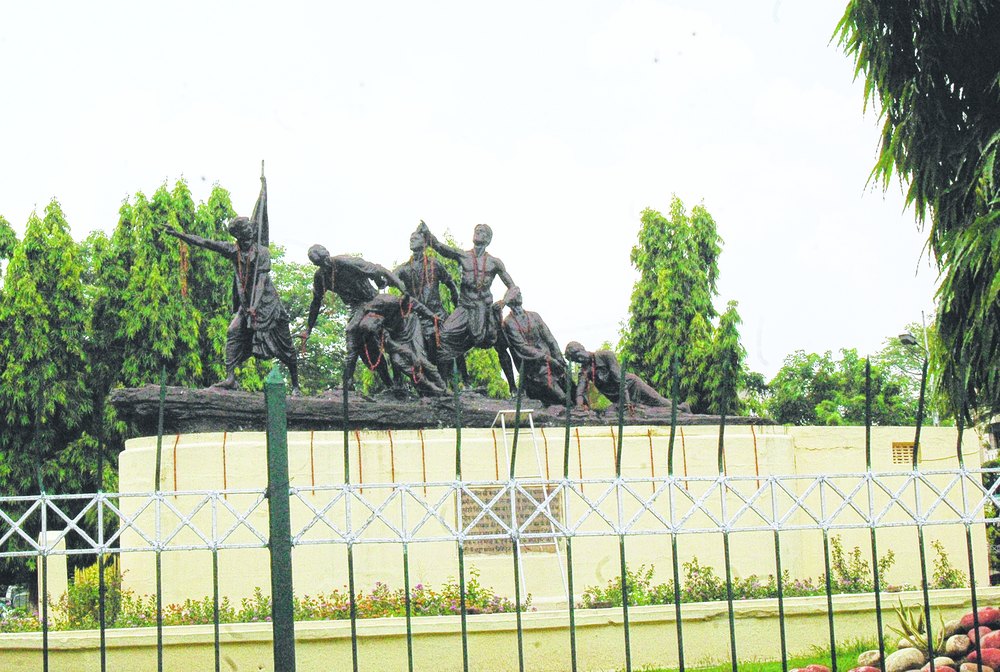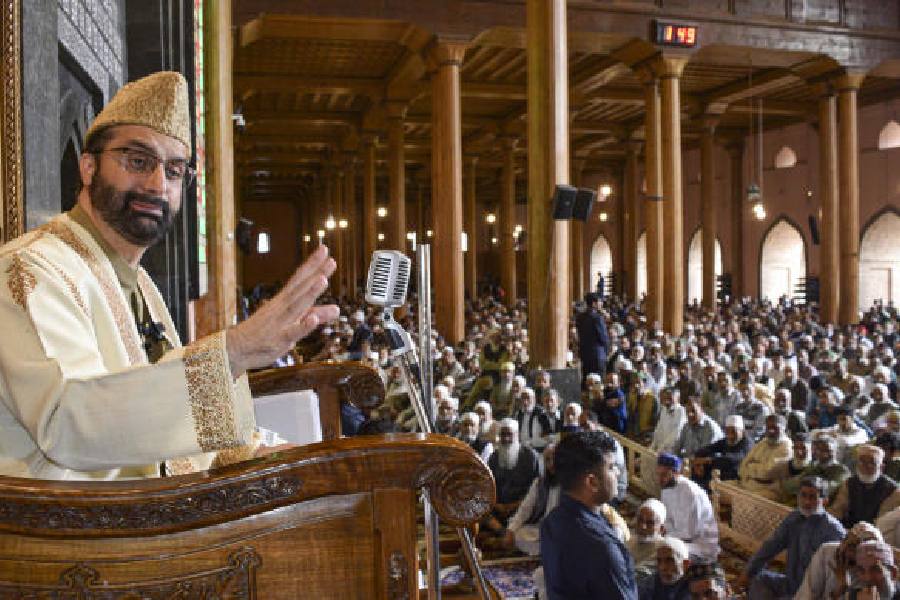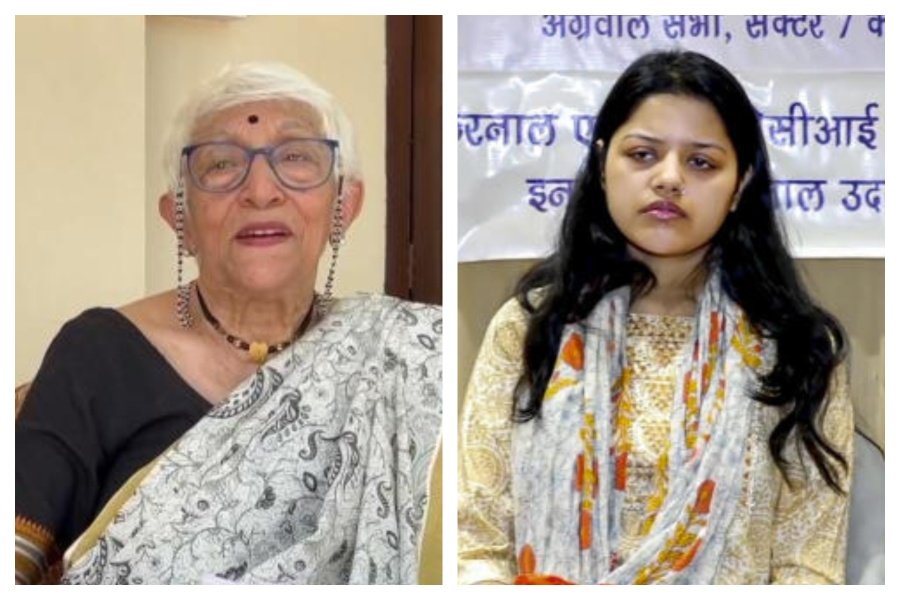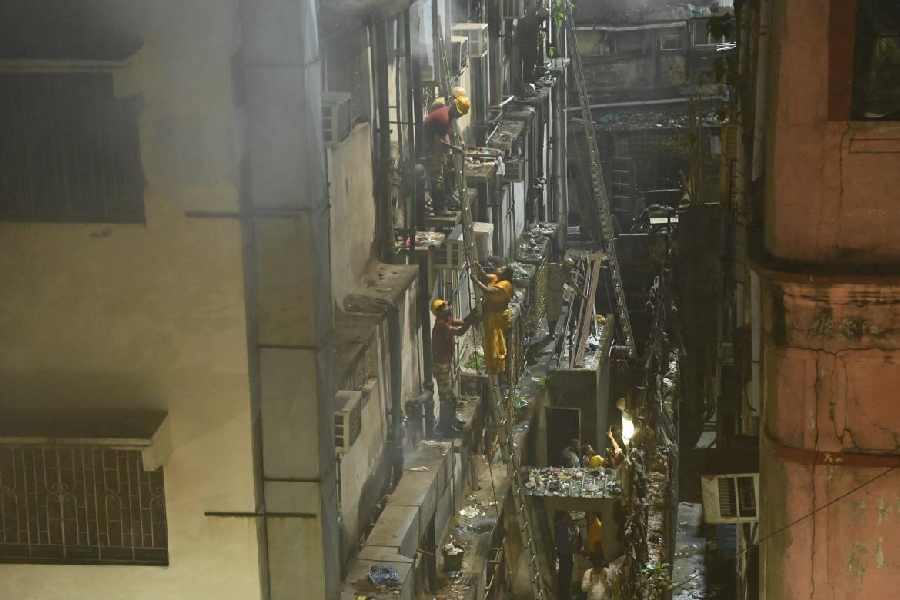
People in Bihar generally recall ICS officer late WG Archer's name in connection with the Patna firing on August 11, 1942, in which seven students were killed during the Quit India movement. Archer was Patna collector at that time. There is one more side of this late bureaucrat not known to many.
This pertains to his soft corner for people of the Musahar community during his posting as sub-divisional officer (SDO) of Madhubani in the 1930s. Musahars are one of the most backward communities in Bihar and belong to the Mahadalit category. They constitute about 3 per cent of the state's 10.4 crore population.
Archer had come into contact with a Musahar leader Saini Musahar who had launched a movement around 1934-35 to ameliorate the living condition of people of the community. The officer had helped Saini, who was leading a movement to ameliorate the condition of the fellow Musahars, in a legal battle as the latter had had been framed in a false case.
This help had come after a local person of Purnea, one Satyanarayan Singh, had ditched Saini and had ensured his (Saini) incarceration in a case in which this Musahar had been falsely implicated on the pretext of helping him.
Archer had recorded all these information in his paper which are present in The National Archives, UK, and based on these documents a book is being prepared that would be released on November 28 this year.
The book, title of which has yet not been finalised, would be published by Maharajadhiraja Kameshwar Singh Kalyani Foundation, under its Bihar Heritage Series. Sociologist Hetukar Jha, who also happens to be the managing trustee of the foundation, is editing the book. Under this series, those books or documents are published which are not available in the open market and which have valuable information about Bihar and its society.
"The book would negate the general perception that people of the Musahar community lack consciousness about their development and well-being. Archer's paper clearly mentions that how around 80 years ago, a movement had been launched to improve the condition of the community people by a Musahar himself," Jha said while explaining the reason for choosing Archer's documents for the book.
According to the document, which would be used extensively in the yet-to-be-published book, Saini, along with his community people used to reside at Bathnaha village in Purnea district and all of them used to go to work in neighbouring Bengal as daily wage earners. One day, Saini could not go and he had a dream in which community deities Dina and Bhadri appeared and directed him to work for improving the condition of Musahars.
Followed by this, Saini launched a movement urging fellow members to pay attention to their condition and try to settle at one place instead of moving from one place to another in search of work.
A message to protest against instances of sexual harassment of community people was also bruited. He also promoted importance of sanitation and took the religious route by chalking out plan to set up Gahbar (Sacred place of Musahars) at different places.
Saini started raising funds for this purpose and even visited Morang Khatiya Khap, a place in Nepal, around 150km north of Purnea, and met Sant Das, a priest, who helped in raising fund there also.
While on way back to Bathnaha, Saini, who had collected Rs 700 at that time and had many other valuable things which people had donated, was framed in a case and later jailed. Even though he was arrested the spark of his movement had spread to several areas and the Musahar movement took place in the Samastipur, Muzaffarpur, Saharsa and Champaran areas. The movement, however, could not last long and died down by the end of 1930s.
"The Musahar movement also suggests that it was a kind of Sanskritisation attempt by the community," Jha said, adding that historian Wendy Singer had mentioned about the Musahar movement in her book, Creating Histories: Oral Narratives and the Politics of History-Making.
Sanskritisation is a sociological concept, which broadly means the process of imitation of ways of living of the upper caste people by those belonging to the lower ones. Some sociologists have used to term class instead of caste while defining the term.
Sharing more details about Archer's special interest in Bihar's culture, Jha said it was he who had brought out the Madhubani painting from the households to the world. "After the devastating earthquake of 1934, Archer was visiting local houses to assess the damage and found the paintings having been done on wall. Followed by this, he did a detailed study and brought this art form to the knowledge of the world," said the sociologist.
Interestingly, Archer's wife Mildred Archer too had a deep interest in the local culture and she had worked extensively to study the nuances of Patna Kalam Art. It is a type of painting, which mainly depicts scene from lives of common people. It flourished in Patna during the 18th century.










